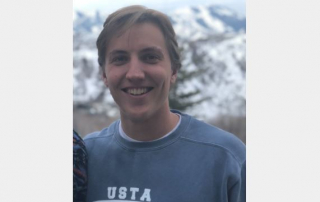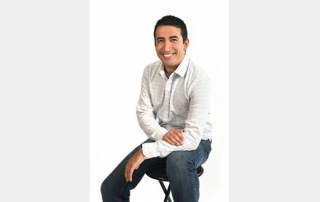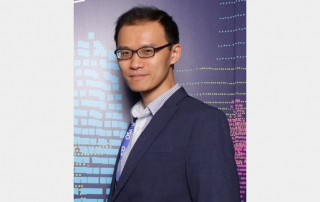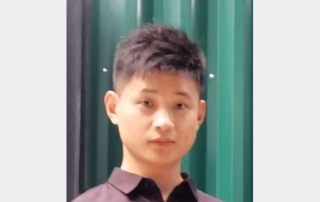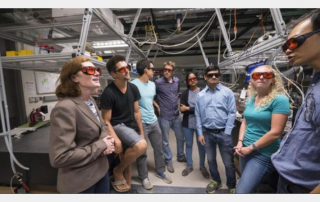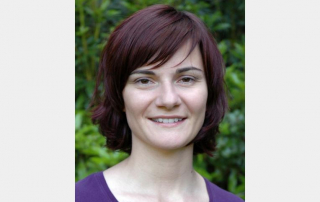Postdoctoral Researcher position in the field of nanoscale thermal transport
Job Description
An experimental Postdoctoral position is now available in the Department of Physics of the
University of Basel, Switzerland. This project will use time- and frequency-resolved
spectroscopies, such as thermoreflectance or transient thermal grating experiments, in synergy
to further the understanding of nanoscale thermal transport and elastic properties of advanced
materials. This research will be focused on phononic crystals, which are highly nanostructured
artificial materials that are ideal candidates for smart heat management or/and energy
harvesting applications. In this exciting role, you will work under the direction of Dr. Begoña
Abad, within the Nanophononics group, led by Prof. Ilaria Zardo, at the Department of Physics
of the University of Basel (Switzerland). This position is funded by the PRIMA grant of Dr.
Begoña Abad from the Swiss National Science Foundation (SNSF).
Required qualifications:
• Ph.D. in Physics, material science, or related field.
• Proven track record in thermal characterization of materials.
• Hands-on experience with lasers and optical instrumentation.
• Experience with data analysis using tools such as Matlab, Python, etc.
• Excellence in research and strong communication skills.
• High degree of independence together with the ability to work in a collaborative group
environment.
• Good knowledge of written and spoken English.
Preferred qualifications:
• Experience with pump-probe experimental setups.
• Experience with finite element analysis (COMSOL).
• Experience using software to automate control of experiments.
Your role:
• Thermal conductivity characterization of phononic crystals by time-domain
thermoreflectance and transient thermal grating.
• Measurements of thermal transport deviations from macroscopic models by laser-based
techniques.
• Develop thermal and elastic models for new techniques and materials.
• Draft manuscripts for publication in peer-reviewed journals.
What we offer:
• Interdisciplinary, collaborative, and diverse team.
• Highly competitive salary.
• Cutting-edge experiments using state-of-the-art ultrafast, and modulated laser sources.
The postdoctoral appointment is initially for one year with the possibility of renewal for two
more depending on mutual agreement. Interested postdoctoral candidates should send their CV
(including completed degrees and list of publications), two reference letters or contacts, and a
motivation letter (briefly summarizing qualifications and interest in the position) to Dr. Begoña
Abad (b.abad@unibas.ch). The starting date is flexible.
